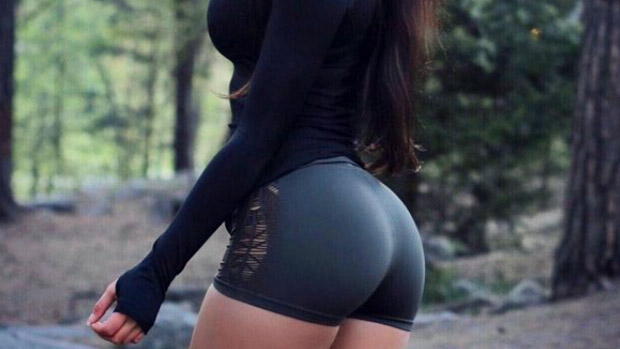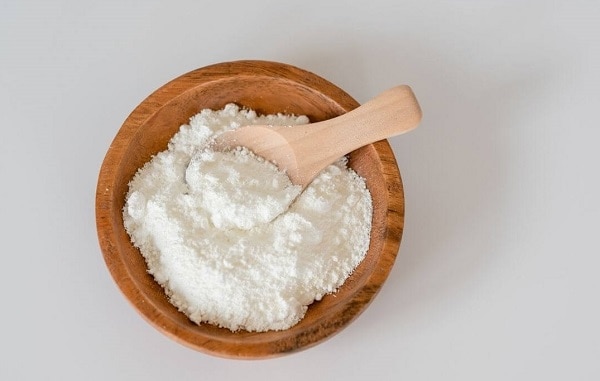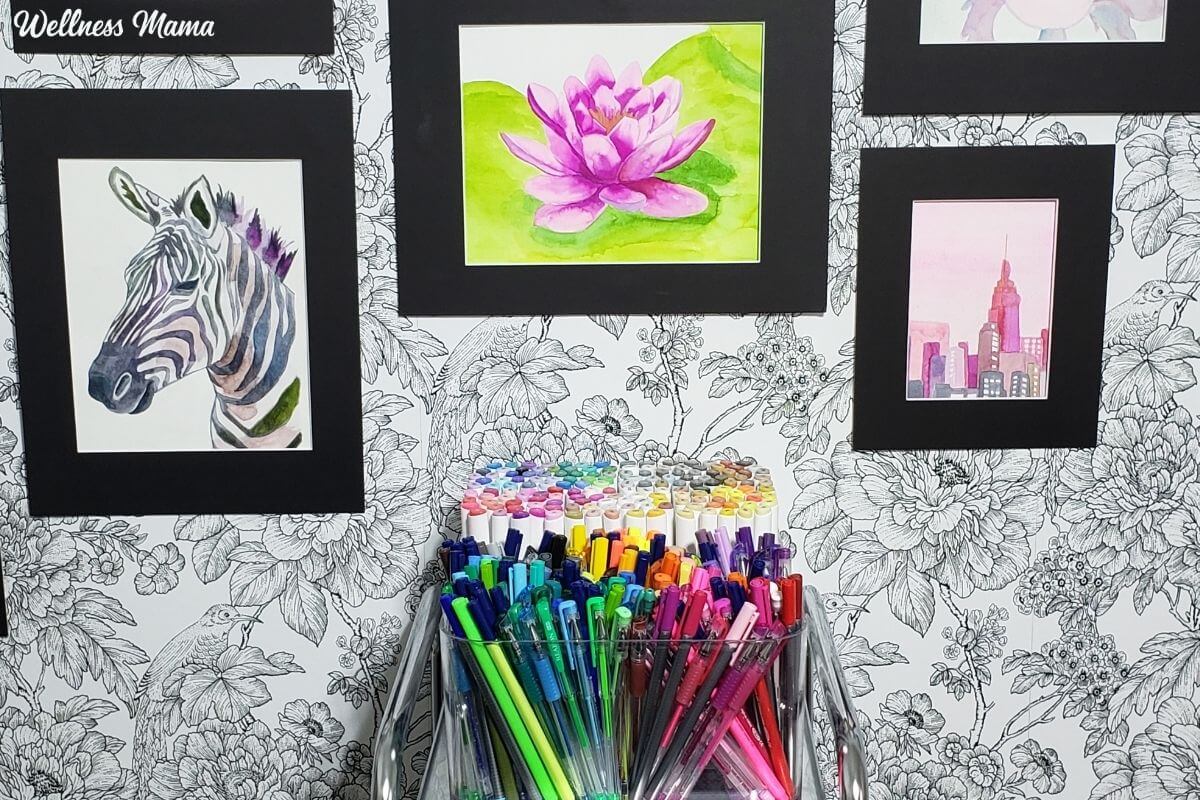Big butts, small waists, full lips: The latest crushing beauty standards destroying women’s lives
Glute pumping, lip plumping, skin smoothing: TikTok trends insist the body is always something to improve. At what cost?
Glute pumping, lip plumping, skin smoothing: TikTok trends insist the physique is at all times something to improve. At what cost?
The body is a project. Simply have a look at TikTok. Videos on #glutepumping are at 82 million views, #lipplumping has greater than 300 million and #skintok 1.7 billion.
Take a look at the beauty corporations, a part of a billion-dollar business that thrives because we believe not a lot in the products they sell, however in the legitimacy of the issue they’re making an attempt to unravel – we do not look younger enough or taut enough or good enough.
Take a look at gyms and personal trainers, which exist ostensibly to advertise health, however profit because we really feel we should morph our bodies to suit what’s in style, currently in unnatural methods – large butts and small waists, thick thighs with “thigh gaps” (the trick being that a lot of this is not truly achieved within the gym, however by expensive surgical procedures).
Beauty standards aren’t new, however sociologists who examine the body say they might be altering more rapidly, insisting more fervently that we constantly adjust to them. These trends are exacerbated by social media’s strain to present our bodies and lives in ways in which deny messy realities and are aided by democratized entry to technology, like Facetune, that helps us simply rid our bodies of natural imperfections.
“What’s novel is that now, body shape ideals change as rapidly as fashions in hairstyles,” mentioned Cary Gabriel Costello, an associate professor of sociology and director of LGBTQ+ Studies on the University of Wisconsin-Milwaukee. “In the aughties individuals plucked or lasered their eyebrows into thin arches. Now those self same people ‘need to’ go get microblade eyebrow tattoos to have the lush eyebrow look approved at present. Every few years now, celebrities and influencers need to go get new plastic surgical procedures on their faces, because if they don’t, everybody will see they’re wearing an outdated facial style. And earlier than the 21st century, that sentence would sound like science fiction – dystopian science fiction at that.”
If the body is a project, can it ever be complete?
Beauty ideals shift for every generation, however a standard always remains
The culture has shifted towards higher visibility for more various bodies, which sociologists say may be seen as a positive change for inclusivity, however which might not be sufficient to stop people from feeling compelled to maintain up with trends.
UCLA sociology professor Abigail Saguy says expansive beauty standards may be freeing however still present traps.
“For whatever body type quite a lot of ladies are going to think is impossible or unattainable, there’s going to be another lady for whom that body type is their body. It may be actually liberating for it to be in vogue,” mentioned Saguy, however she noted it is an issue when the transitory nature of beauty ideals leaves people uncomfortable when their bodies aren’t in trend
Standards of beauty evolve. Costello points to the variations between Gen X teenagers and Gen Z teenagers. Within the 90s, skinny was ideal. Large butts, whereas appreciated by some, had been mocked in mainstream culture. Only a few decades later, Gen Z teenagers are experiencing what Costello calls a pursuit of the “thicc” type – huge, firm butts and thighs with small waists. Thicker lips, too. Glute pumping (which makes use of resistance exercise to increase blood circulation to the butt), Brazilian butt lifts and butt implants all relate to the trends of which the Kardashians have become figureheads.
“This aesthetic is ostensibly more ‘multiethnic,’ and fewer Eurocentric, which feels like an improvement. But it surely will also be seen as an appropriation by white folks of features typical of Black and brown people – with white folks getting all the benefit and none of the discrimination when taking over these trending looks,” Costello mentioned.
What about body positivity?
Body positivity was positioned as the alternative to beauty ideals. Love your physique at any size and any form. However some specialists argue that regardless of the movement’s success in expanding visibility for more diverse bodies, and infrequently exhibiting really genuine ones (wrinkles, pimples, cellulite, ingrown hairs) many body positive influencers could also be perpetuating their very own type of damage, as Costello notes their aesthetic is so typically a lie. He points to the “no-makeup” trend.
“The supposed message is to celebrate body positivity by asserting to social media users that they are often stunning simply the way they are, since the celebrities are beautiful with out make-up. However in reality, the influencers are sometimes wearing subtle ‘no-makeup make-up’ – and that is simply the tip of the iceberg,” he mentioned. “They’ve spent tens of 1000’s of {dollars}, or a whole bunch of 1000’s, or more, on plastic surgical procedures, and lip-plumpers, and line-fillers, and Botox, and implants, and extensions, and skin peels and body lifts.”
When common people take off their make-up and do not appear to be celebrities or influencers, they wonder what’s wrong with them.
Costello mentioned individuals of all genders really feel anxiousness about their bodies – however males to a lesser degree, as a result of they’re defined more by their accomplishments than their appears to be like. The exception, gender study specialists say, is queer males. A 2016 research discovered gay men are more likely than heterosexual males to report feeling pressure to look attractive and to want beauty surgical procedure.
Girls are particularly susceptible to those anxieties, as their value has long been related to their look, creating pressure to achieve the present culturally fascinating look. Trans and non-binary folks face much more pressure across the management of their look than cisgender people, because society is consistently policing their bodies.
‘How does my body really feel?’
Standards of beauty are nonetheless largely pushed by celeb and influencer culture, made up of these usually privileged enough to afford the interventions necessary to not solely meet the present beauty standard however to adopt the following one. Many folks driving these trends are reluctant to confess the surgeries and procedures they use to achieve their looks. When ordinary folks attempt to do the same, they’re typically left disappointed or ashamed.
Beauty standards are additionally maintained by a consumer capitalist culture, which profits off individuals desire to always improve.
“Beneath consumer capitalism, it is necessary to get people to purchase increasingly things, with a purpose to increase profits and develop the economy. And it seems that an effective way to do this is to make folks really feel shame about something, then offer to sell them a product that can supposedly reduce that,” Costello mentioned.
Saguy mentioned her hope is for folks to focus much less on how their bodies seem, and more on what their bodies can do. That, she mentioned, is usually a worthier challenge.
“It is necessary to focus much less on the visual and more on, ‘how does my body really feel?,” she mentioned. “We look in the mirror to ensure there’s nothing in our teeth, however apart from that, hopefully, we’re outward-facing.”







